Let’s not beat around the bush, photographing a National Park is a privilege. When given the choice to travel anywhere in the world I would (and do) choose National Parks time after time. Nowhere in the world have I felt more at peace than when I’m standing behind my tripod mounted camera or hiking mile after mile into the depths of the natural landscapes of National Parks.
I only went out for a walk, and finally concluded to stay out until sundown, for going out, I found, was really going in.
John Muir
National Parks will test you as a photographer and a human being. Mother Nature is unforgiving and relentless. Without the proper preparation and consideration one could find themselves unable to, at a minimum, find themselves, or worst case scenario, losing ones self forever. It’s a common misconception that NP’s are safer because they are sometimes crowded and have park rangers. National Parks are oft like glaciers, you only see a small percentage of what is actually there. A much larger wilderness lurks beneath the surface and can swallow you up without leaving so much as a trace (unless you left trash made out of plastic, now you’ve probably poisoned a squirrel and littered, no wonder Mother Nature hates you).
In addition to the inherent danger that the wild possesses, being a photographer presents many additional challenges. If you’re attempting to capture popular spots then you’ll be in a battle with other photographers to posses the roughly two-to-three foot circle a tripod setup will possess in whichever “perfect” vantage point there is. Additionally, you’ll sometimes have to compose images around dozens or more hikers and tourists who are enjoying the same beautiful scene you are. All while pressuring yourself to create some unicorn image that none of the other millions of photographers before you thought of…
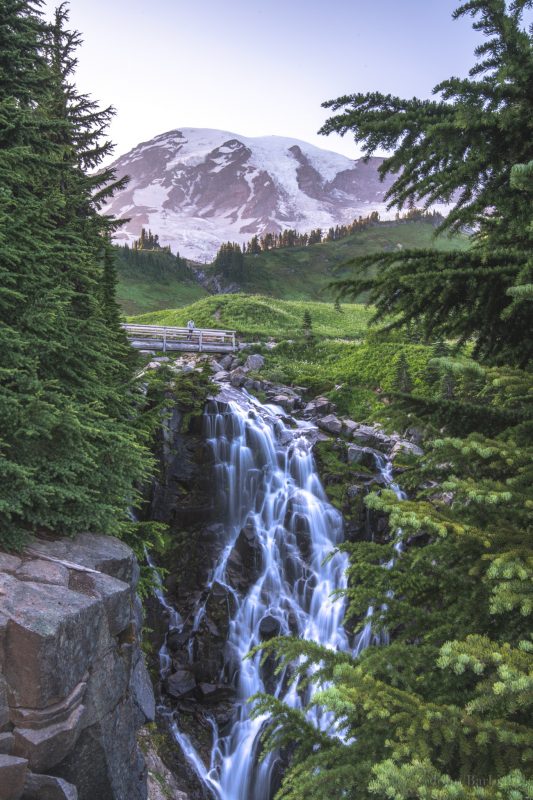
Pro Tip: Never yell at someone to get out of your shot. You and I have no more right to be there than anyone else. Either use them as subject matter or move and recompose your image. There is nothing more amateur than yelling at someone as if you own the park you’re lucky to be photographing in. Whether another aloof photographer or a hiker/tourist, simply adapt and overcome.
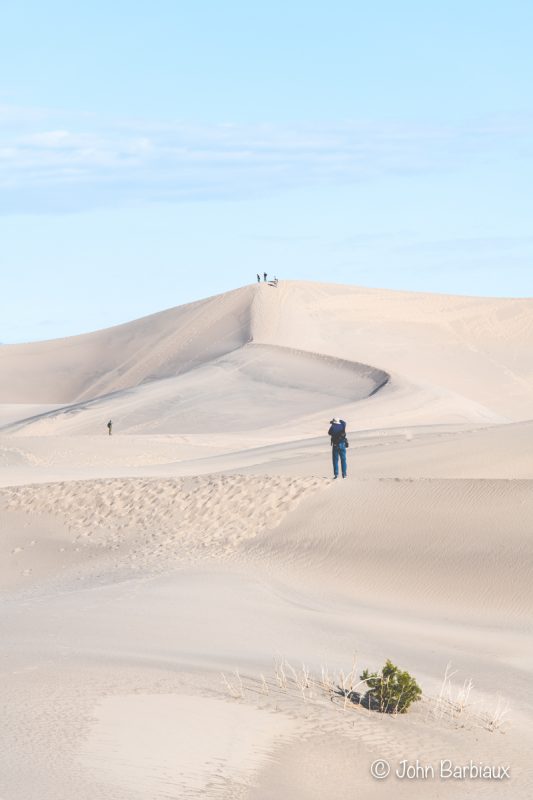
I can’t stress the importance of preplanning a trip to a National Park enough. In fact, the image above is a great example of said preplanning. If you could see me, you’d see a photographer with a head scarf covering 90% of their face and desert goggles covering the other 10 percent. It was super hot but the alternative was hundreds of small bugs either biting me or flying into my eyes and ears. A day later I would use the same goggles to cover my eyes in (what seemed like) gale force winds that felt like someone was sandblasting my skin as I photographed the sunset over Zabriskie Point (everyone else had to leave because of the violent wind surges).
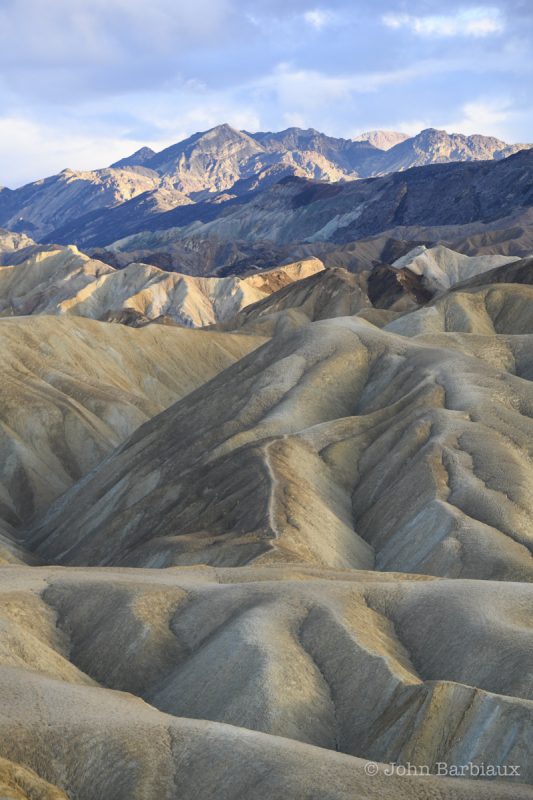
In addition to clothing and what not, there are specific considerations one must make in regards to gear. Some national parks are rather mild when it comes to weather while others have drastic changes that you need to plan for in order to avoid major issues. For instance, Acadia National Park is fairly mild in regards to weather compared to Mt. Rainier and Death Valley whose weather can change on a dime and make it nearly impossible to complete your goals. So, with that in mind, when I go to parks like Death Valley or Zion I make sure I have two camera bodies, one with a telephoto lens and one with a wide angle, so I don’t have to change lenses and risk getting dust and debris on the sensor. I also pack along gear to clean camera bodies and lenses. Even the camera bag/backpack I take is determined by the environment I am about to walk into.
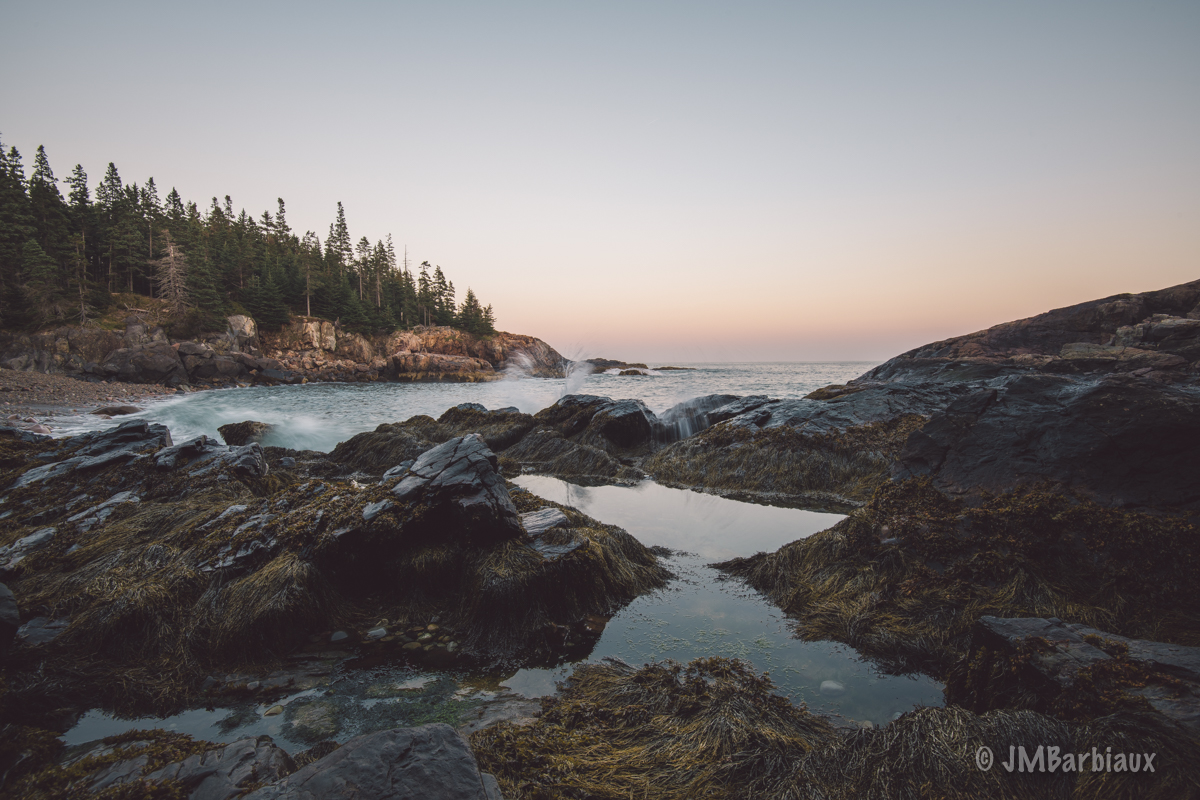
Speaking of camera bags… I feel like it’s a bit of a cliche to say I tried a bunch of camera bags/backpacks. What photographer hasn’t, right? I’ll say this though, when folks disappear and/or die in a National Park it’s far more likely they perished because they were not prepared (clothes, food/water, supplies) for more than the brief walk/hike they had planned. One of the first things I did when planning my trip to Death Valley National Park was to order a larger backpack that could hold my camera gear as well as plenty of supplies for the off chance I had to spend several nights in the desert.
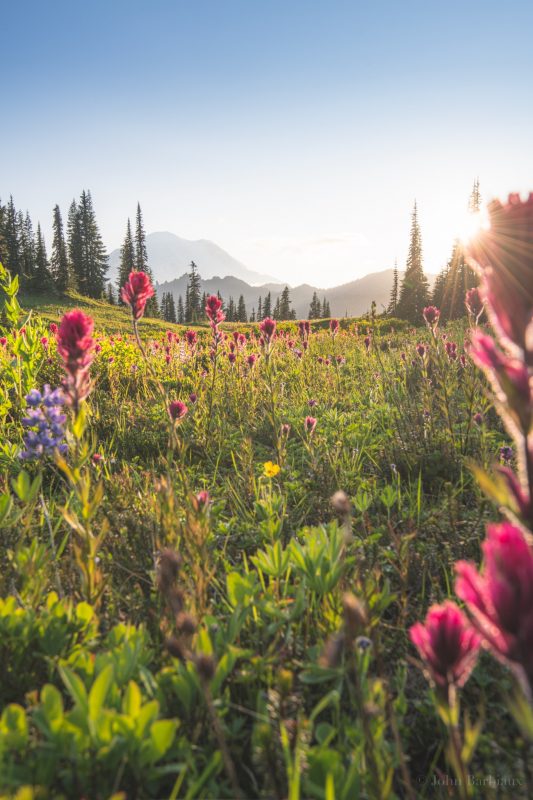
With all that being said, my go-to camera bags come from f-stop camera gear. I own two of their bags, one is my carry on backpack and the other goes in my giant checked luggage for use when I arrive. Why two? Well, the carry on fits underneath the seat in front of me (the Ajna) and I’ve never had someone tell me I need to check it while my favorite f-stop bag, the Tilopa, has been flagged numerous times and I’ve had to make simple arrangements to get it on the flight as my carry on. I prefer not to have to make “arrangements” (pulling out the internal frame and/or the ICU) as it simply adds to the natural anxiety that accompanies travel for me.
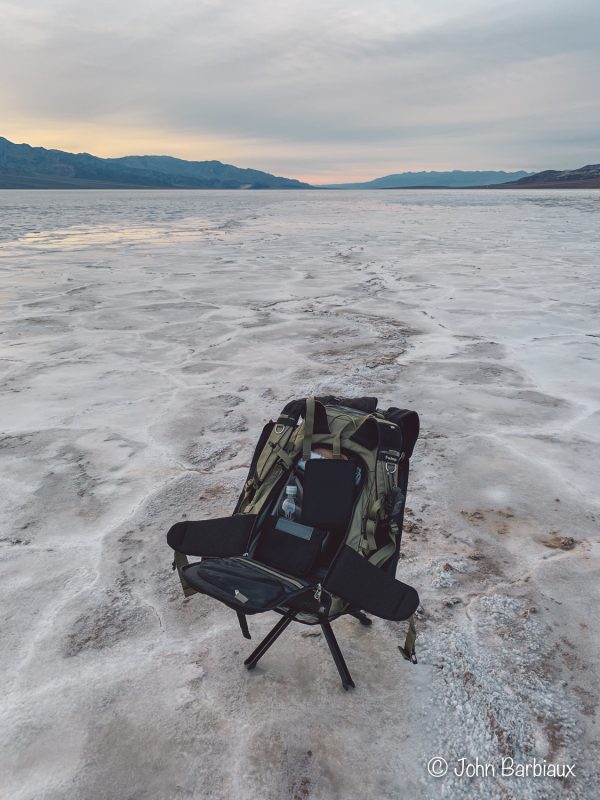
The Ajna is the perfect size for my needs but the straps are as thin as paper so it’s not as comfortable as the Tilopa for hiking. If f-stop were to improve the straps I’d only need one backpack. Until then, this arrangement works really well for me. I know this isn’t a backpack review but I wanted to give you a glimpse into the meticulous attention to detail that goes into tackling any project let alone a National Park.
What Type Of Photographer Are You?
There are approximately three types of National Park photographers in my opinion. The parking lot hero, the lookout point warrior, and the professional. There is nothing wrong with any of these but it’s best to know which you are before you arrive. The parking lot hero is the photographer with little to no interest in walking more than a mile or so from the parking lot to create their photograph. The lookout point warrior is the photographer that doesn’t mind hiking a bit further and loves the millions of photographs taken from popular lookouts so much that they plan their trip around spending the majority of their time at said lookouts. The professional photographer isn’t above any of the afore-mentioned techniques but he or she is also willing to hike into the wilderness and risk getting eaten by a Bald Eagle to create an image that has not already been created. The professional is aware that millions have come before them and the only way to set themselves apart is to hike further than 99% of the other folks enjoying the NP (National Park).
Pro Tip: If you’re planning on being the professional be sure that you’re prepared for the journey. This doesn’t just mean you feel comfortable hiking a few miles here and there with a full pack. This means being prepared to get lost because it can happen (Do you have a map, gps, sat. Phone, etc.).
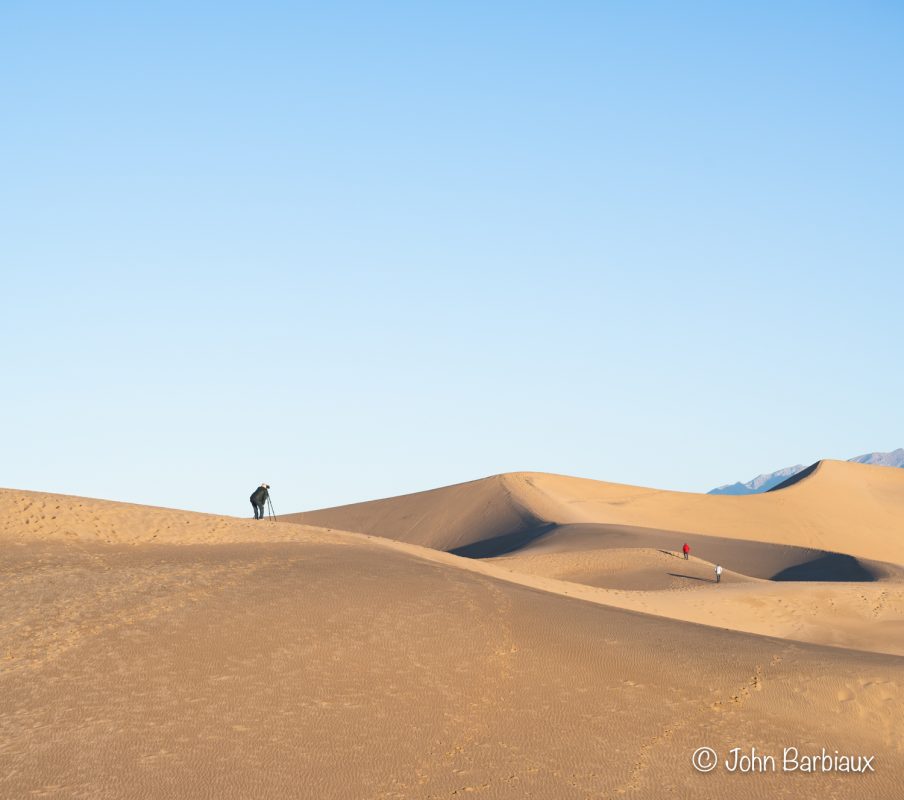
The National Parks will exceed your expectations in most every way. I’ve heard folks say things like “The Grand Canyon is just a hole in the ground” and it makes me chuckle, because they have no idea. All of the National Parks I’ve visited to date have exceeded my expectations in every way.
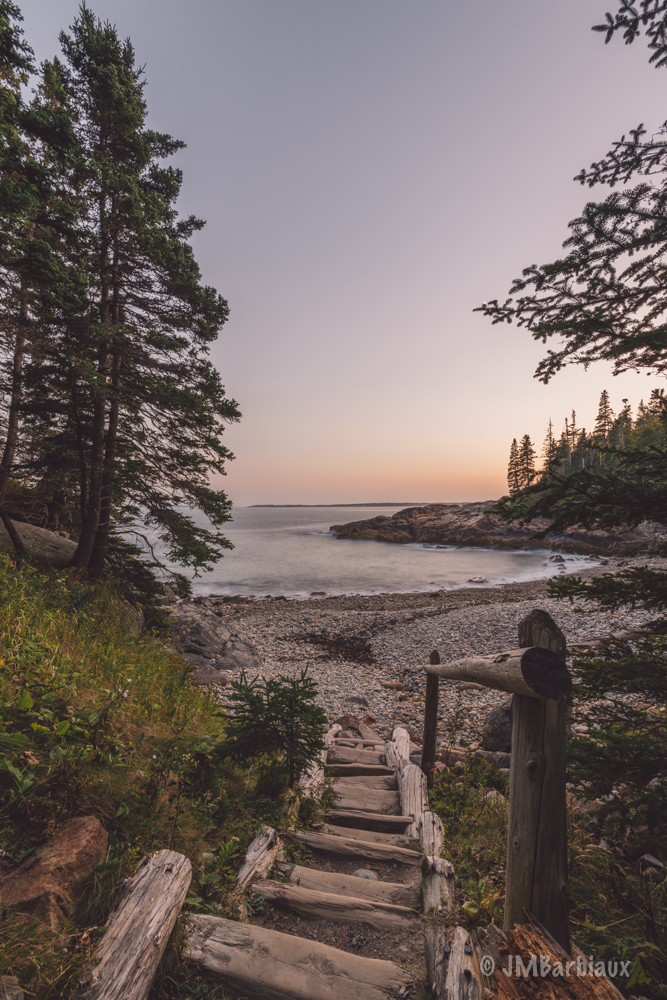
National Parks are what I would call a target rich environment. There are so many beautiful places in such close proximity that you’d have to work really hard to walk away from a Nat’l Park without beautiful images. In my experience, the most difficult challenge this presents is simply whittling the options down to the top few spots you can physically visit in the limited time you’re there.
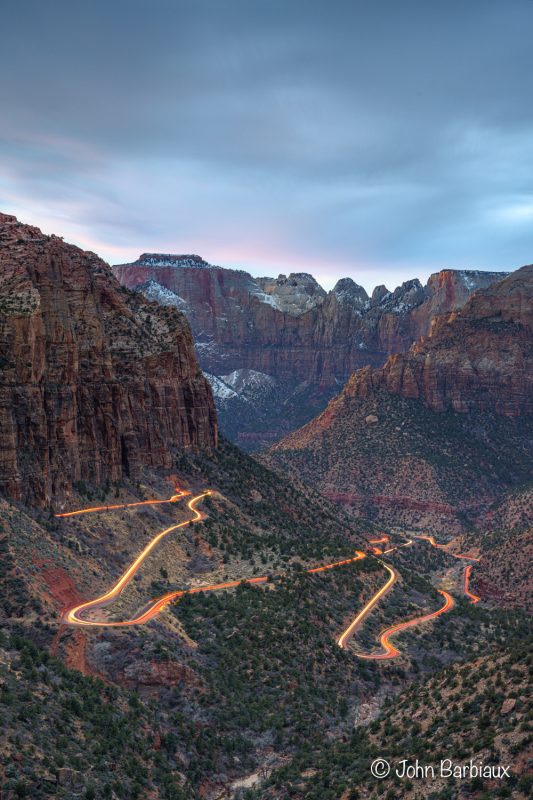
Plan, Plan, Plan…
Lodging can be one of the most difficult challenges you run into. If you wait until the same year you’re planning on visiting whichever National Park you’re interested in you may find that the closest lodging you find is a whopping hour away. It’s best that you book your lodging a year or more in advance where possible. My wife and I have found numerous occasions where we simply couldn’t visit a National Park because the lodging just wasn’t available. Mt. Rainier is a perfect example… We ended up going to Mt. Rainier because it was the closest we could get to a National Park whence booking 6 months in advance (we ended up staying about 30-45 minutes from anything of note). Book. In. Advance.
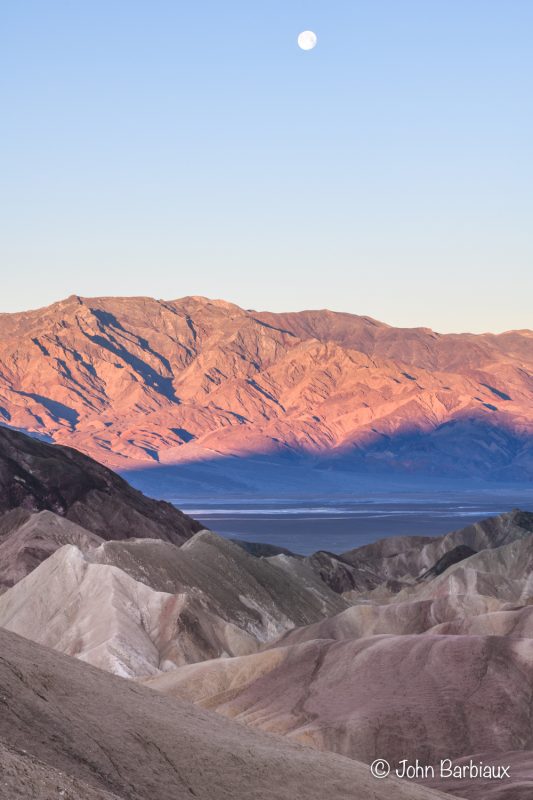
Pro Tip: Staying an hour away from a National Park doesn’t sound like a big deal… Until you take into consideration that you’ll want to arrive an hour or more before sunrise and stay sometimes 4 or more hours after the sun sets if you’re photographing the night sky. It really sucks to wrap up a loooong photography day only to have to drive another hour or so back to your house for a few hours of sleep before you have to do it all over again.
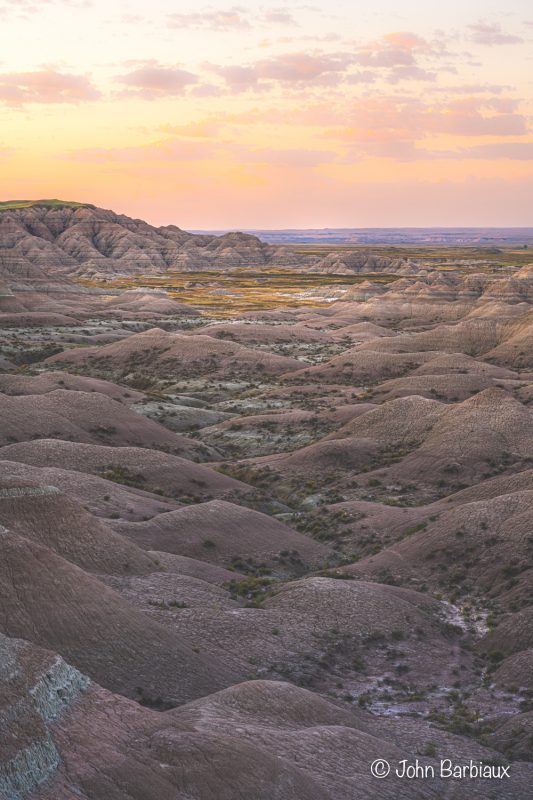
Speaking of doing things ahead of time, did I mention how important it is to plan ahead of time? That’s a rhetorical question, I’m simply trying to emphasize how freaking important it is to plan, plan, plan ahead of time. Simply relying on getting lucky is not a professional approach to anything… I speak from experience.
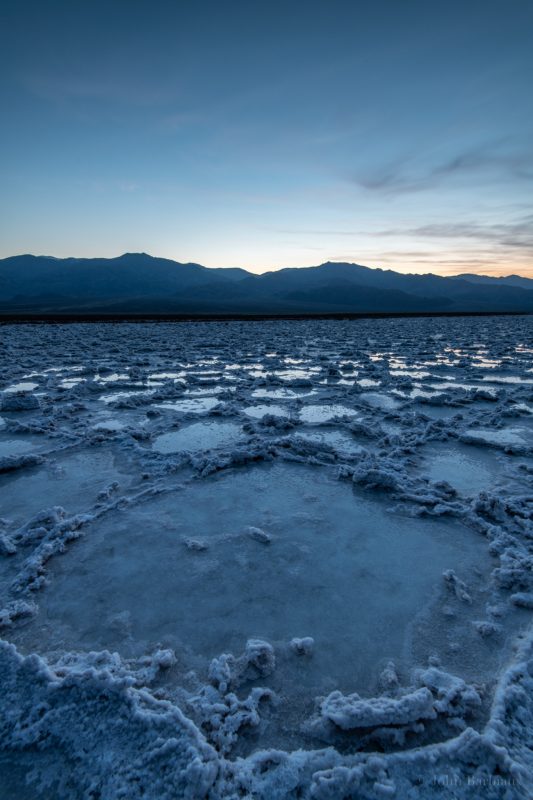
You can use simple tools like Google Image search, 500px, Flickr, and Instagram to see where you would like to spend the majority of your time. I know, I know, you don’t want to take the same photos as everyone else. I get it. But let me level with you for a second, there is a reason some of these popular places are so popular… It’s not like millions of people who photographed whatever National Park you’re researching just didn’t see that beautiful lake and rock formation one more mile down the road. Unless you’re planning on hiking further than anyone else you are going to have to rely on simply being more creative in the way you capture the image.
Pro Tip: There are three primary ways a professional can set themselves apart from others in places like National Parks: They can be more creative, excel at technical skills (sharper, better exposure, etc.), or gain access to someplace others can’t generally gain access to. Aside from that, pray that God favors you with crazy good luck.
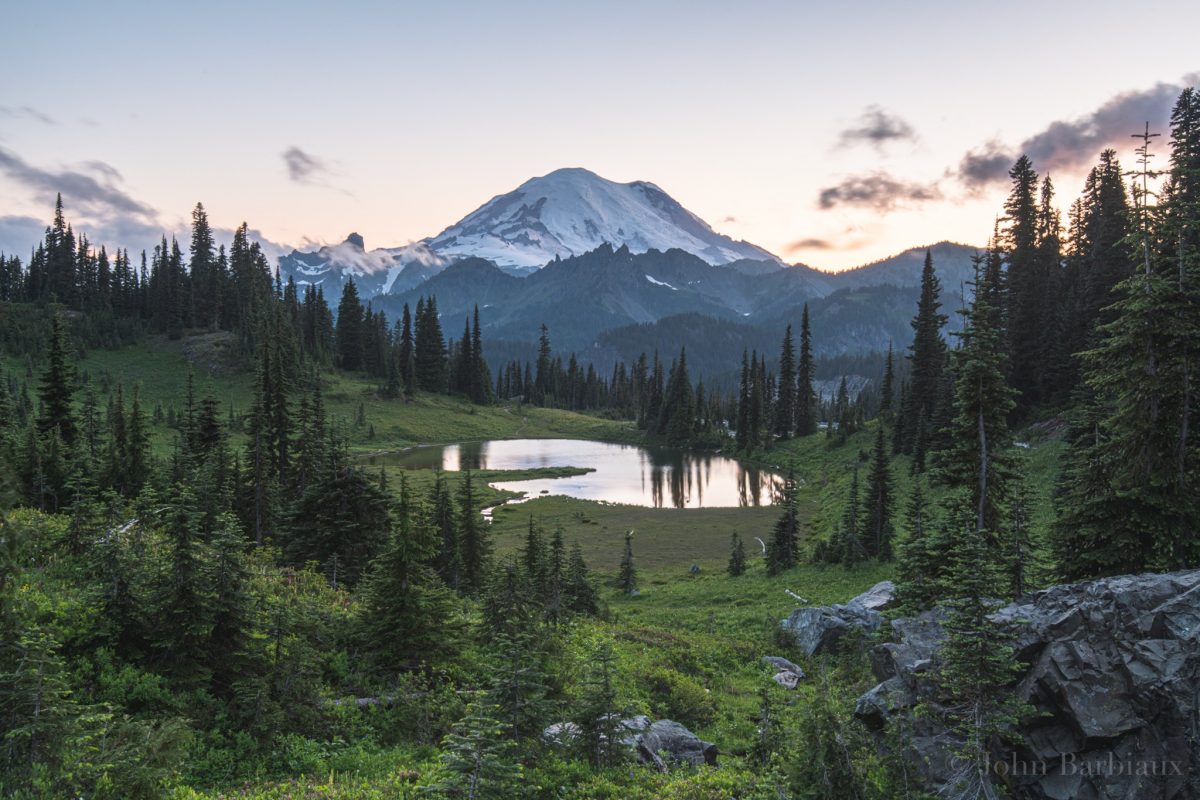
Conclusion
Look, the difference between a professional and an amateur is often times simply the amount of planning one does and lots of luck. Any amateur with a decent camera and a general understanding of settings can create professional images that rival even the most experienced photographers, there is no debating that. What makes a true professional is the sheer amount of planning (and luck!) that goes into creating a successful trip to any National Park.
Please, feel free to leave your thoughts in the comments section below. I would love to hear what you feel is important when professionally approaching a National Park. As always, thank you for reading and stay healthy!

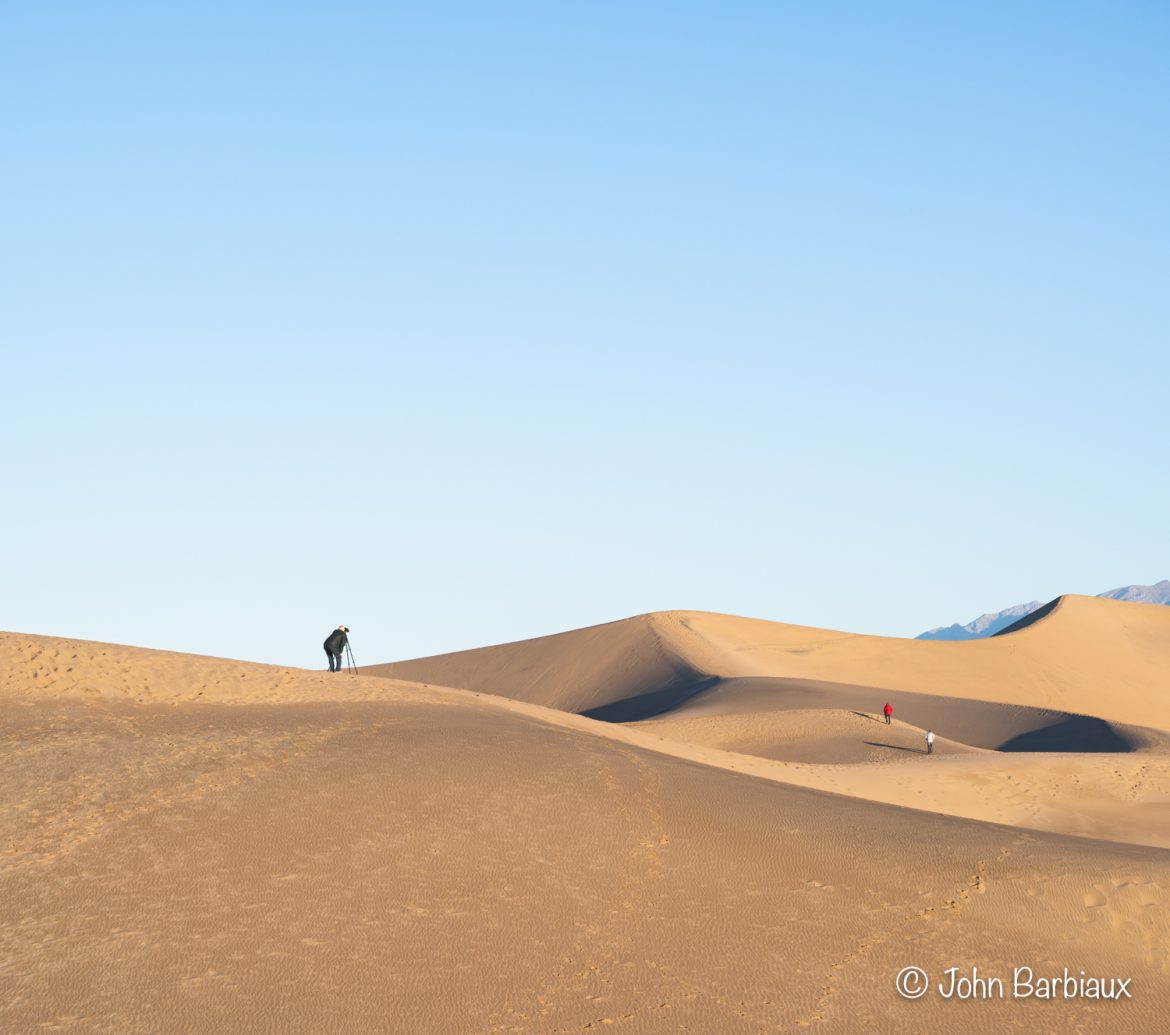
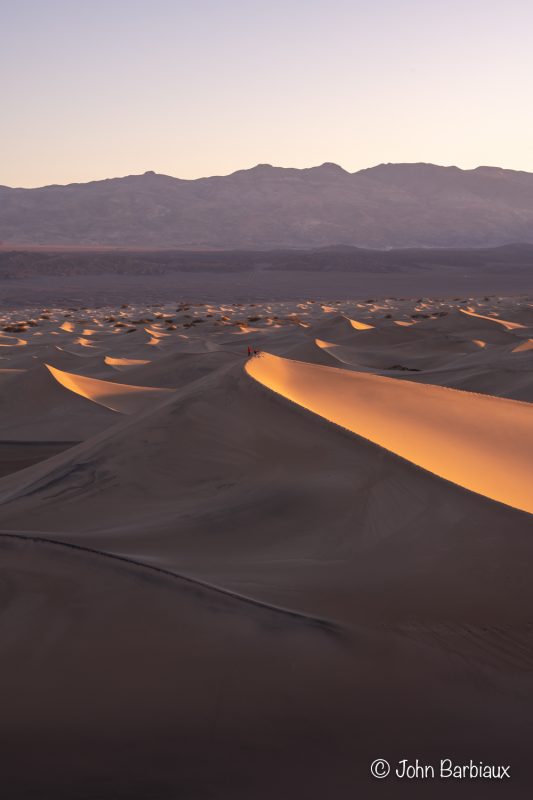
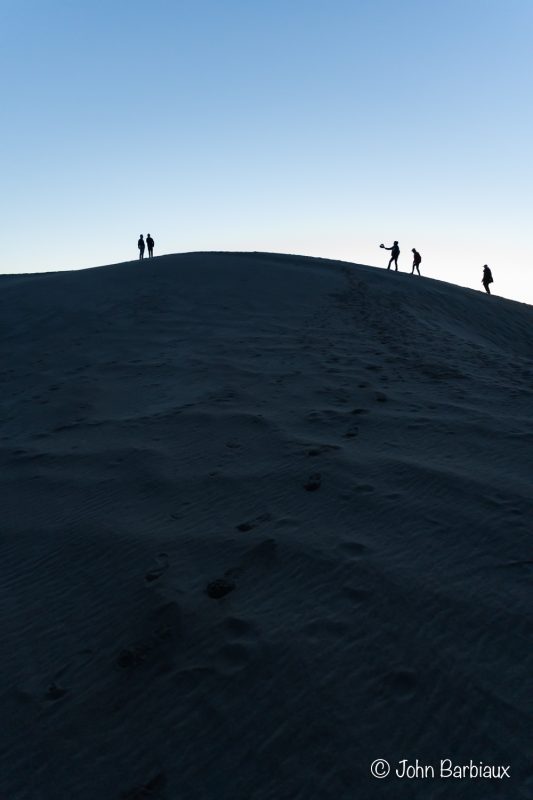
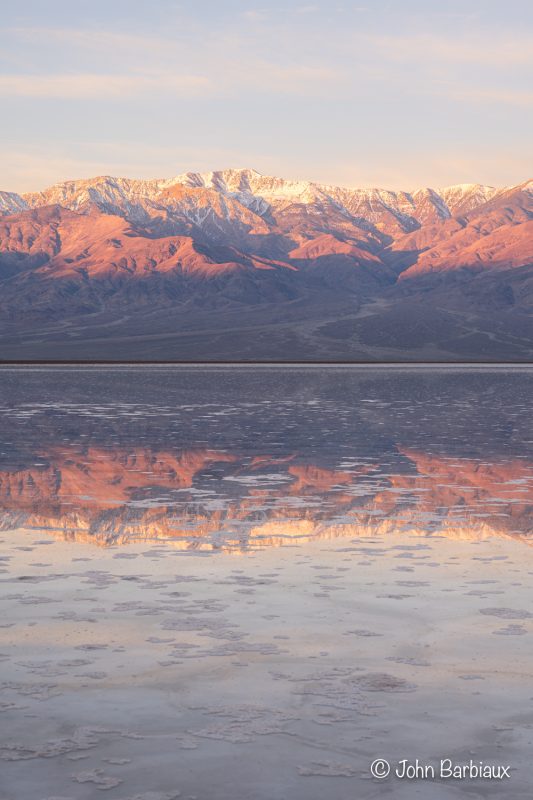
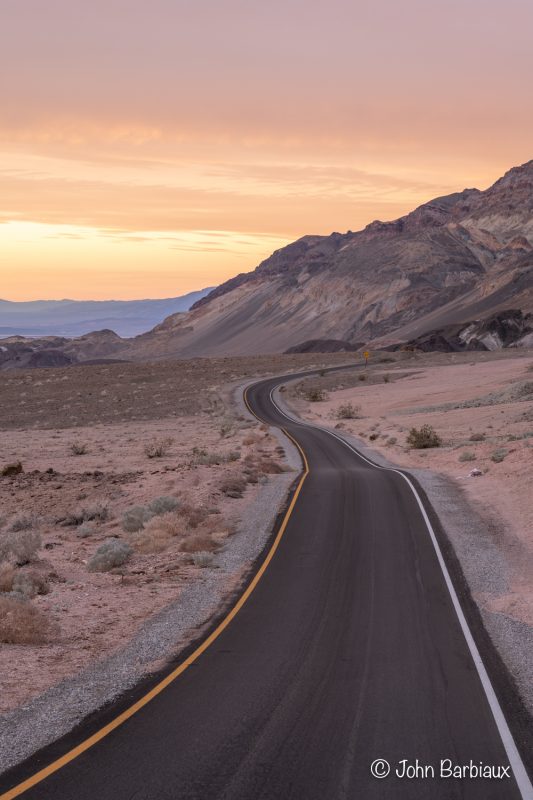
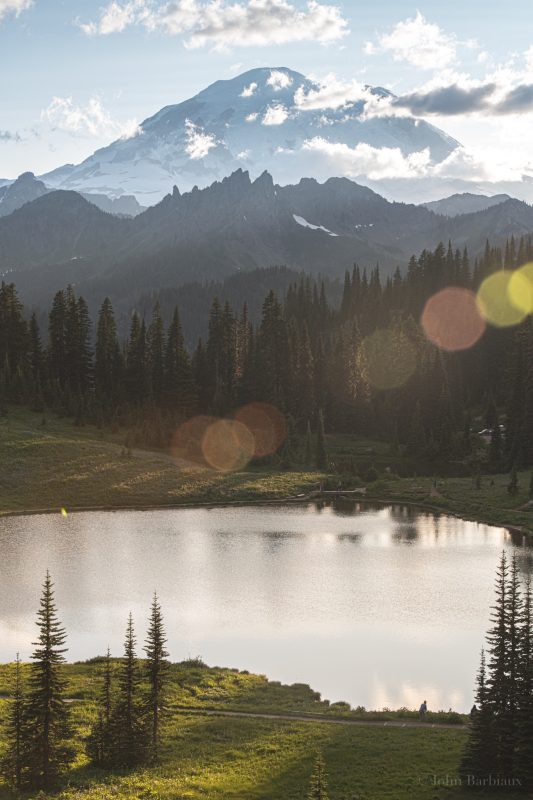
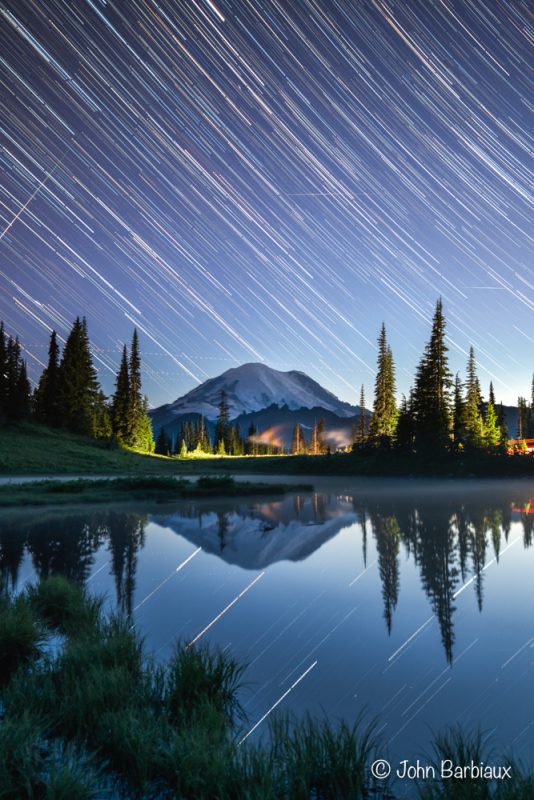
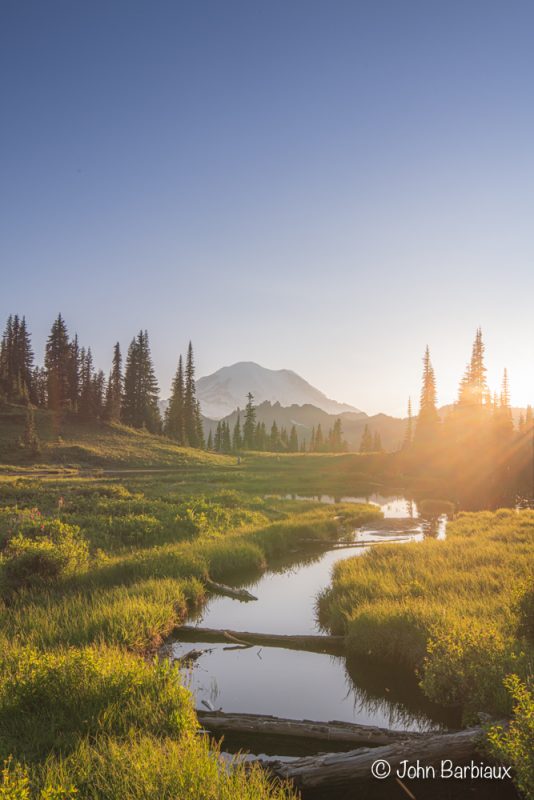
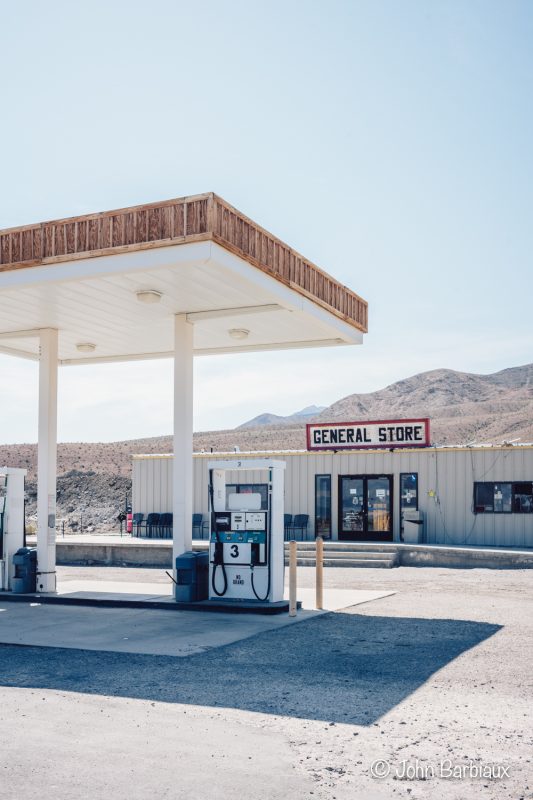
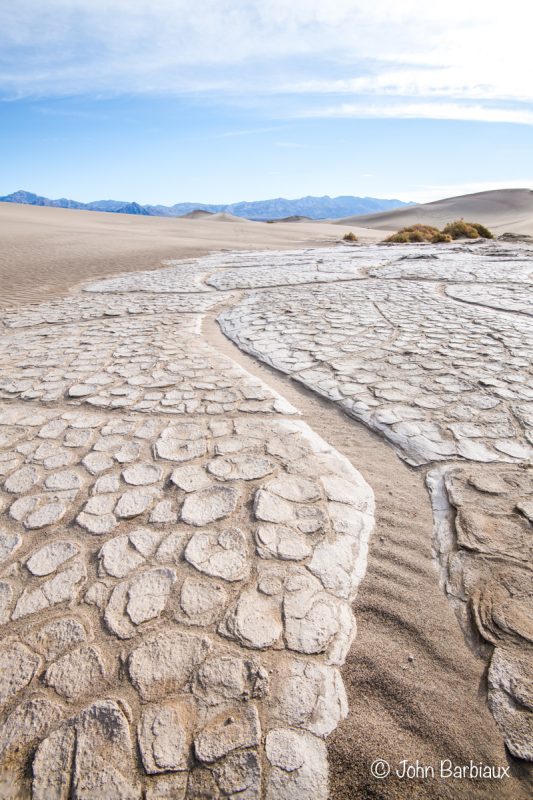
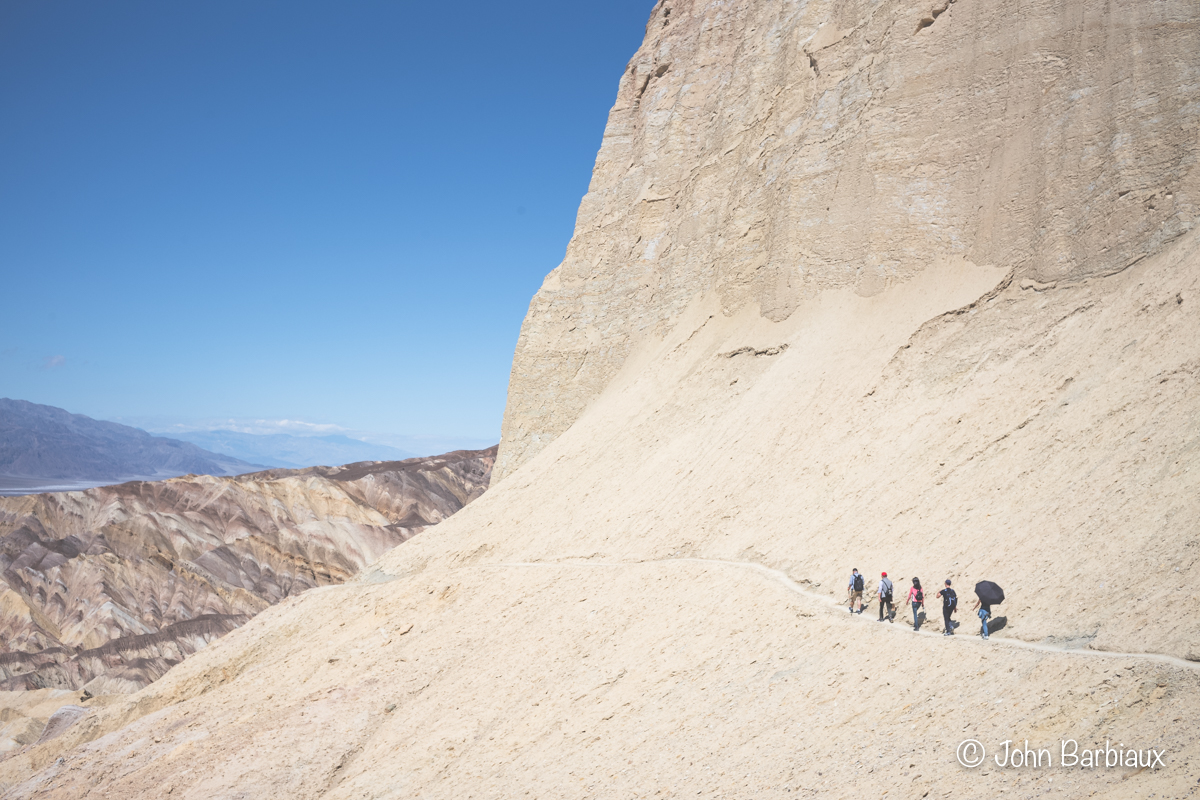
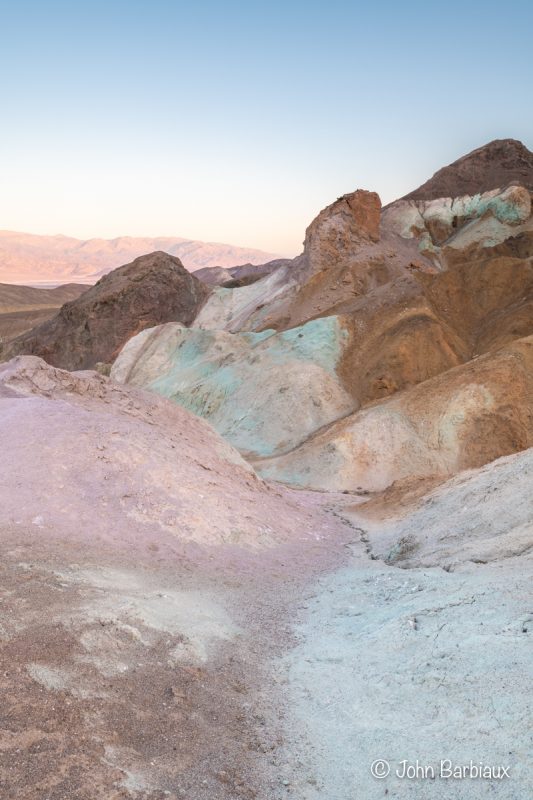
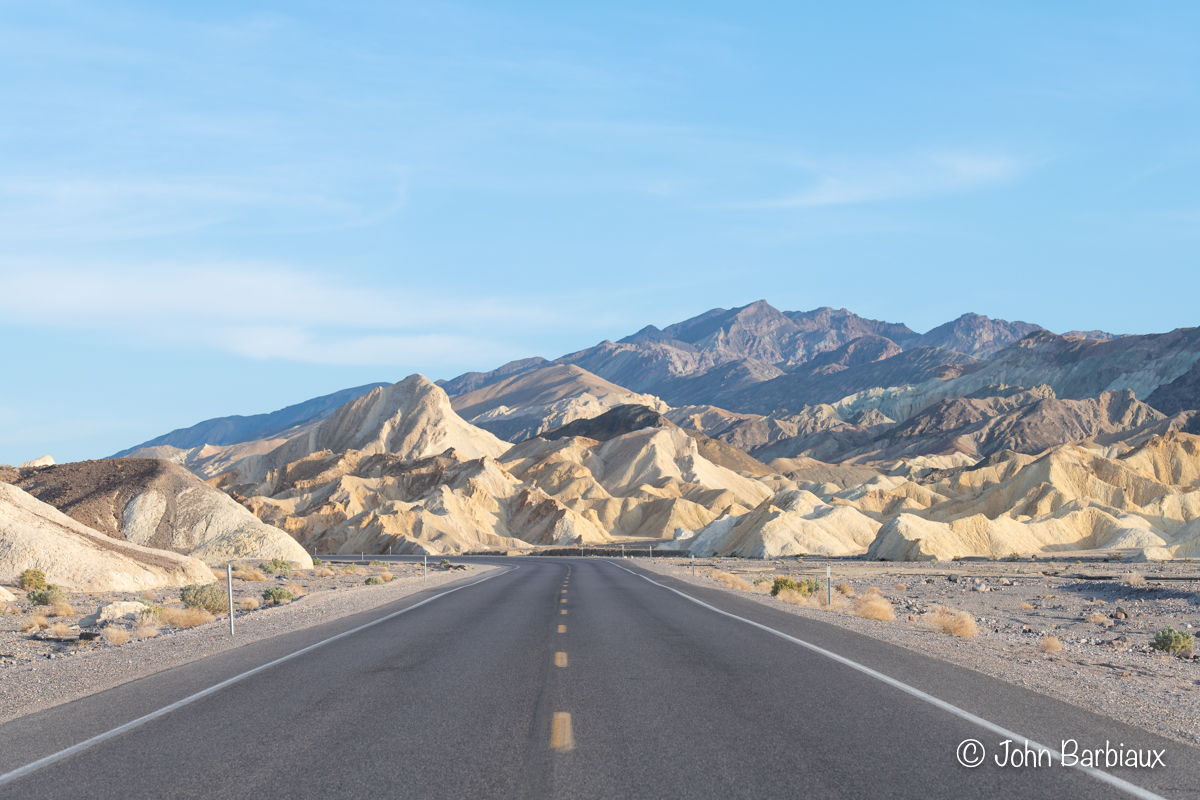
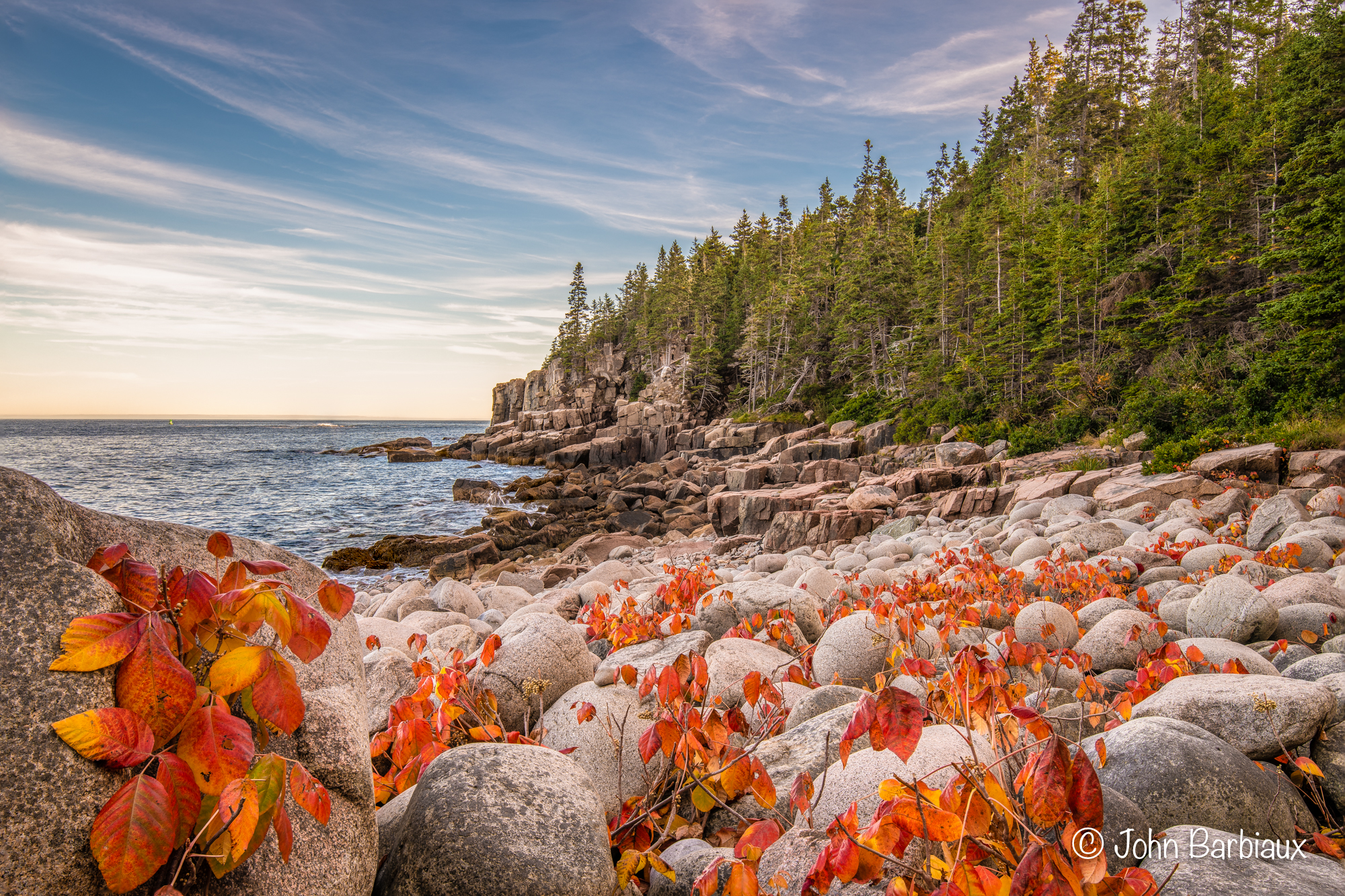
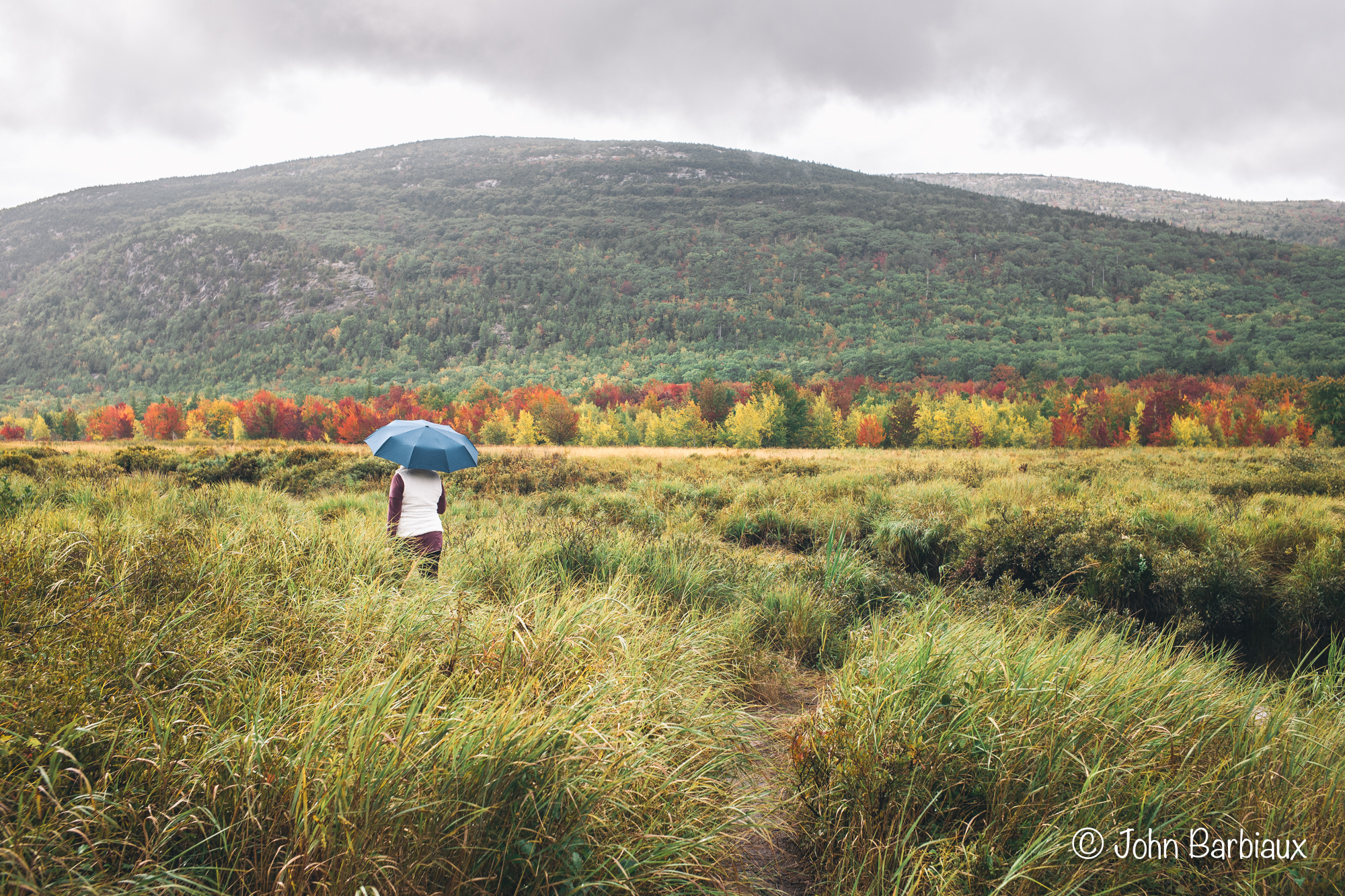
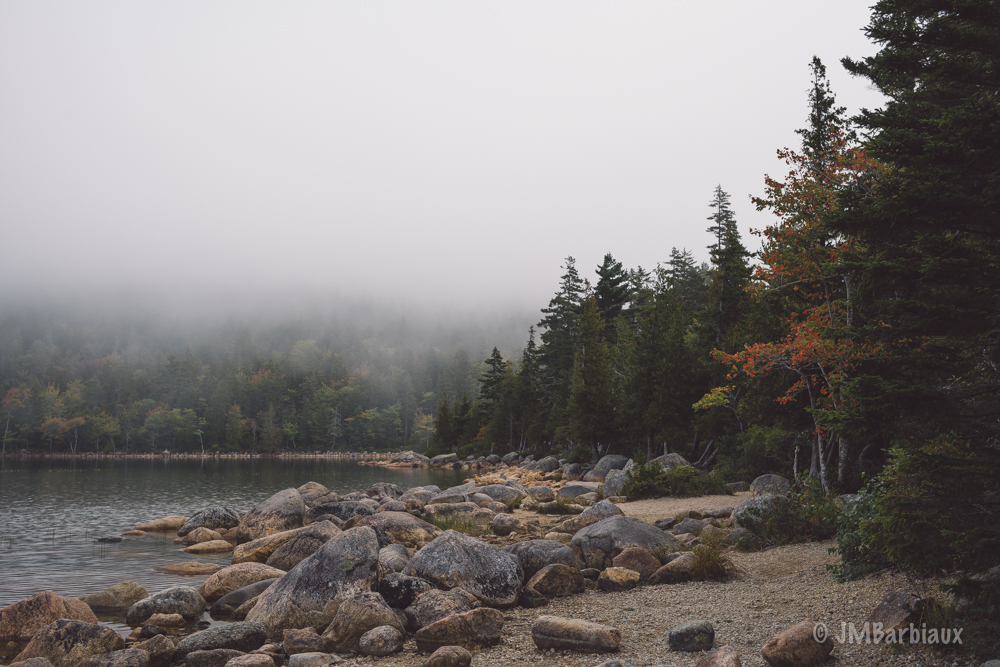
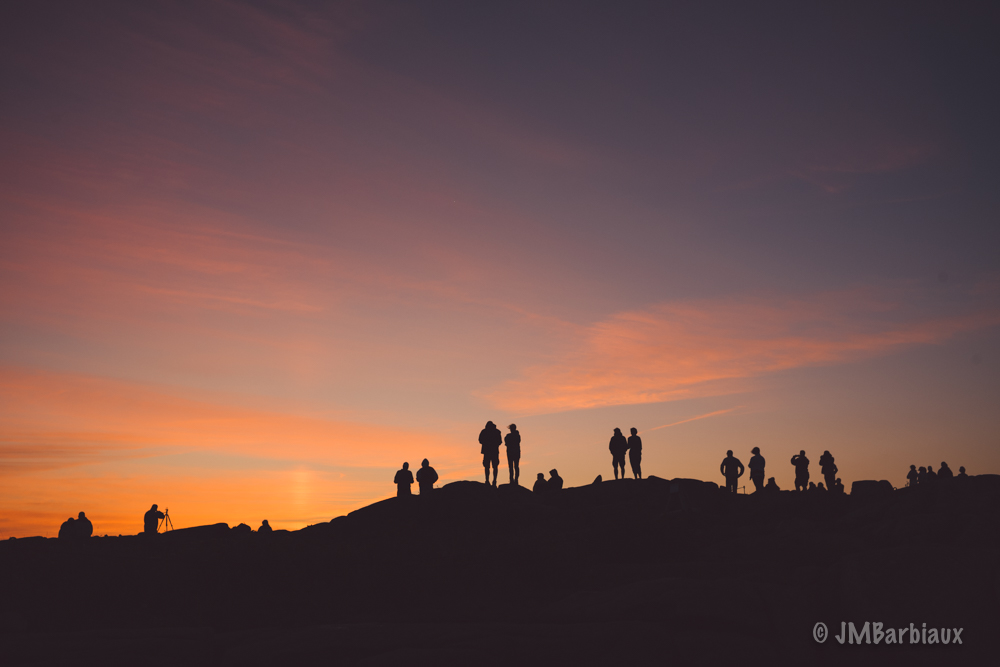
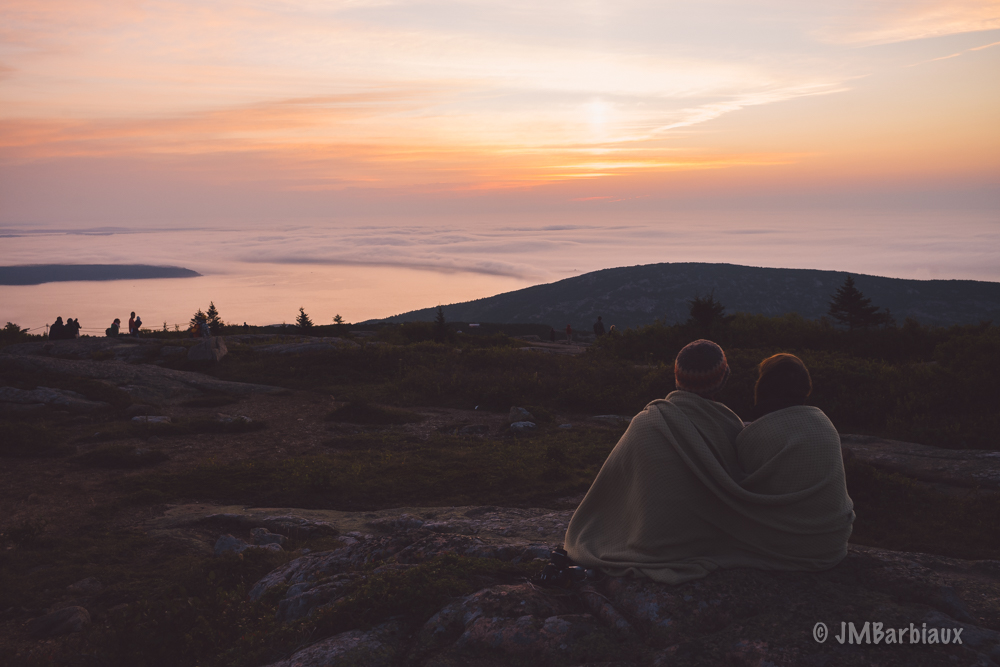
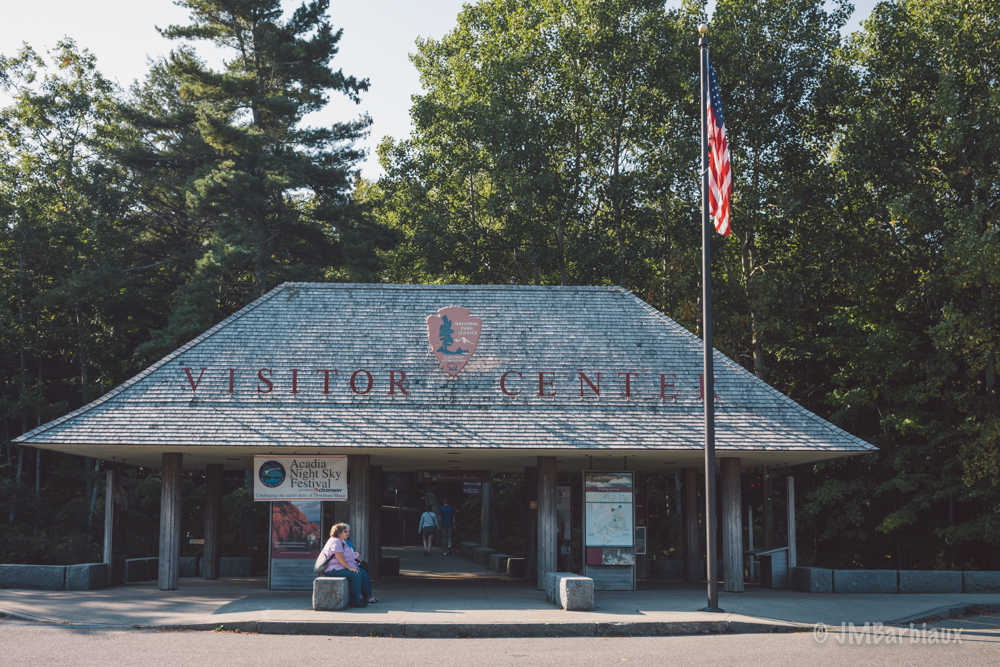
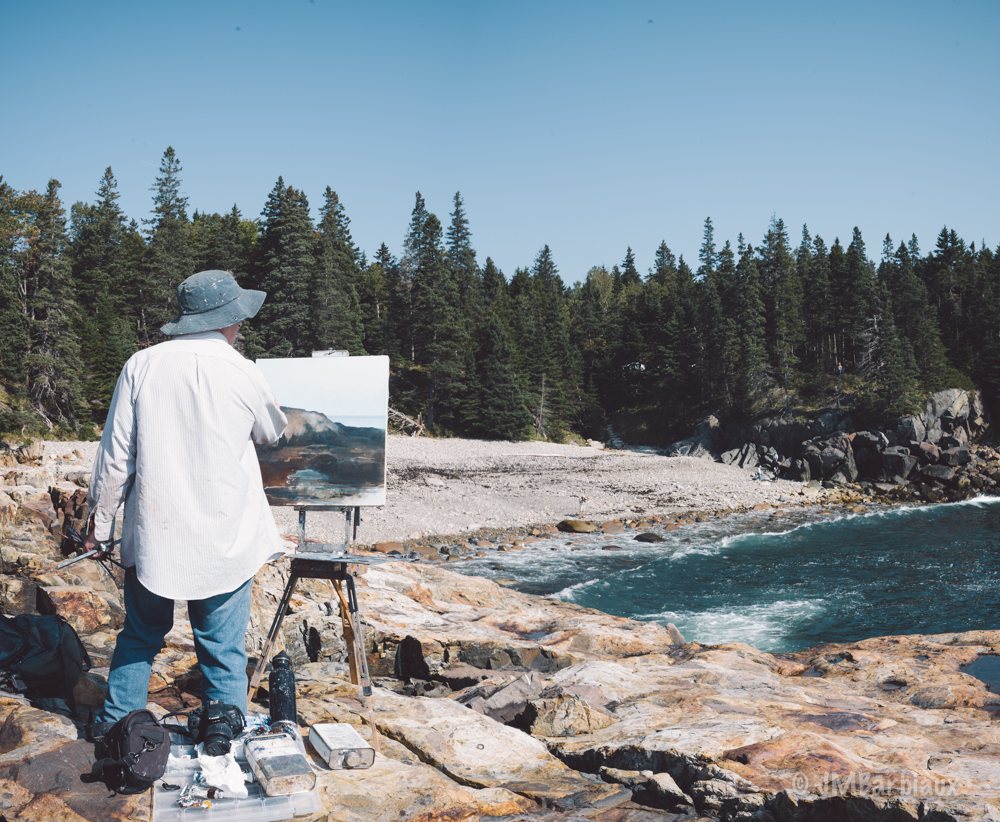
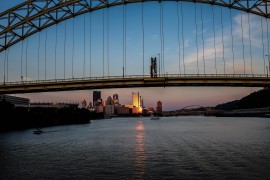
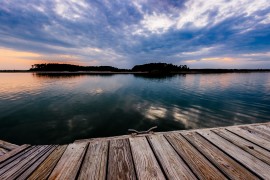
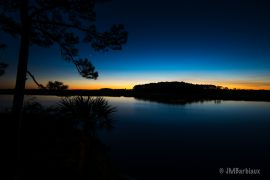
I can’t get enough of nature and travel pictures! Great job!
Thank you! They are especially nice to look at during these crazy times. I’m going stir crazy stuck at home. Hope you guys are staying safe and healthy.